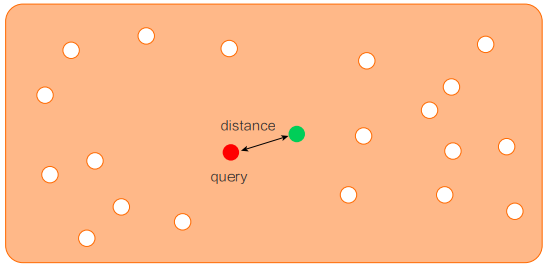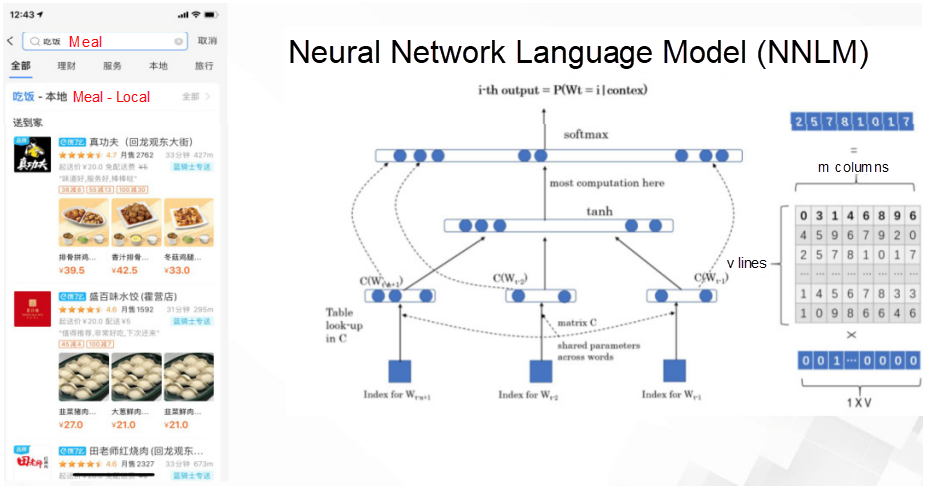Vector retrieval is the process of finding the nearest K points to a given point P from a bunch of known points. These points can be one-dimensional, two-dimensional, or three-dimensional. They are collectively called vectors.

Image search, such as Pailitao, is a useful search tool next to the search box on Taobao. It can take photos of the goods you are interested in and then search for similar goods on the platform. The technology uses multiple deep CNN models to extract features from the image, and the extracted features are high-dimensional vectors. Let’s say it is a vector of 256 dimensions. When searching, the same feature is extracted from the photos taken, namely, the 256-dimensional vector. Then, the vector is used to search similar vectors throughout the whole library. The following figure shows the process:

The personalized recommendation scenario is similar to searching by image. The difference is that the recommendation is based on the process of searching for products that users are interested in according to users’ features. Its technical implementation uses the twin-tower model, which extracts user features and product features. In the final search stage, the user features are used to retrieve in the product feature library. This is the item retrieval process of personalized recommendation. The following figure shows the process:

Its application scenarios are also very extensive, such as searching on Alipay or Taobao, which uses this technology. The recently popular Boolean model also applies to these scenarios. It uses the deep model to extract the features of the vocabulary, which are used in the retrieval process. It also uses vector retrieval to find products that match the queried content. The following figure shows the process:

The scenarios above show how the vector retrieval technology is widely used in search, recommendation, and other scenarios. Combined with deep learning and the development of technologies, vector retrieval has enjoyed rapid development and has been widely used in recent years.
Deploy Application Stack Parse Server with RDS for PostgreSQL on Alibaba Cloud
Proxima - April 30, 2021
Alibaba Cloud Community - November 26, 2024
digoal - May 9, 2020
PM - C2C_Yuan - May 31, 2024
ApsaraDB - November 16, 2020
Alibaba Cloud Community - January 30, 2024
 Platform For AI
Platform For AI
A platform that provides enterprise-level data modeling services based on machine learning algorithms to quickly meet your needs for data-driven operations.
Learn More Personalized Content Recommendation Solution
Personalized Content Recommendation Solution
Help media companies build a discovery service for their customers to find the most appropriate content.
Learn More CT Image Analytics Solution
CT Image Analytics Solution
This technology can assist realizing quantitative analysis, speeding up CT image analytics, avoiding errors caused by fatigue and adjusting treatment plans in time.
Learn More AI Acceleration Solution
AI Acceleration Solution
Accelerate AI-driven business and AI model training and inference with Alibaba Cloud GPU technology
Learn MoreMore Posts by ApsaraDB